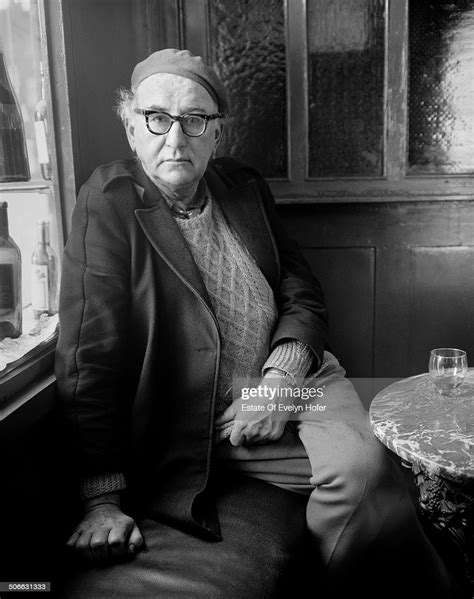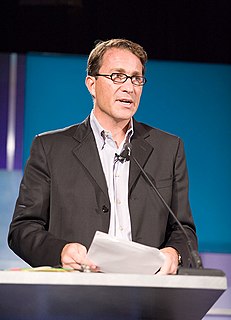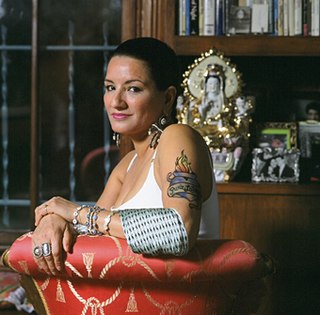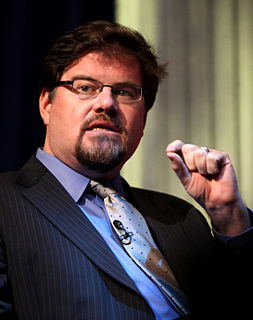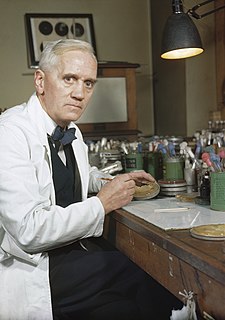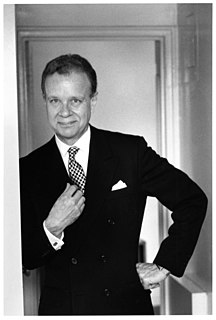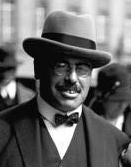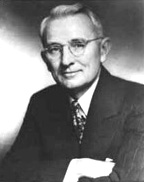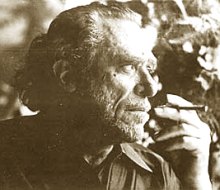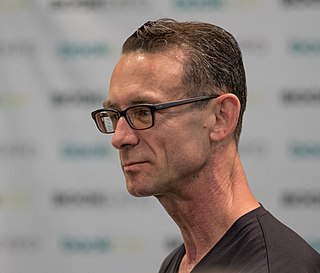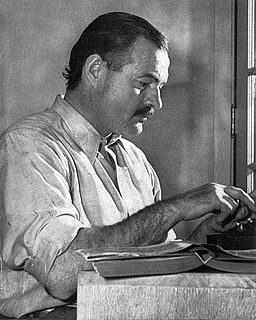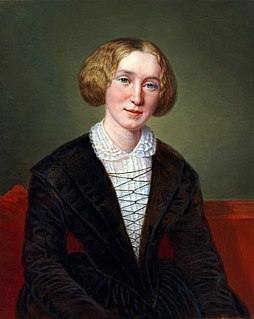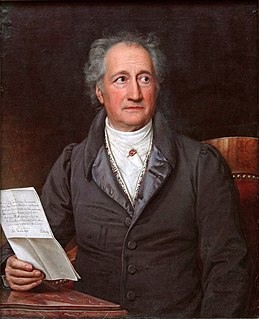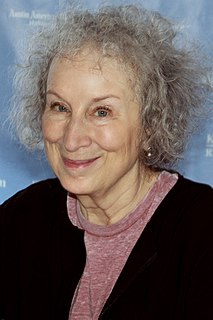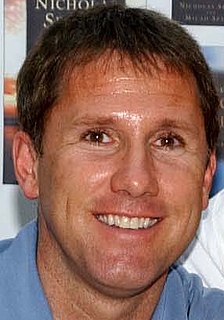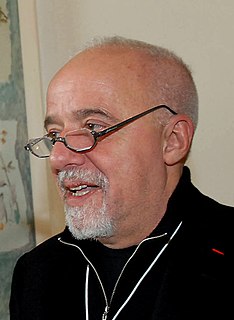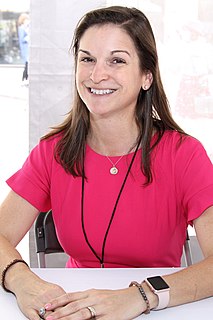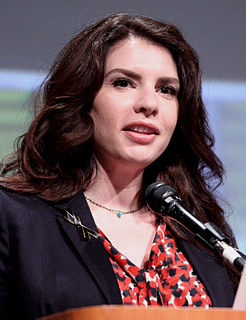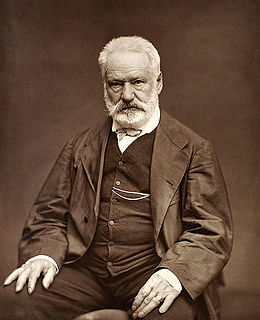Цитата Патрика Кавана
Публикация там [в Nimbus] должна была стать поворотным моментом… Публикация его следующего сборника стихов Come Dance with Kitty Stobling должна была быть напрямую связана с мини-сборником в Nimbus и его Собранием стихов (1964)
Связанные цитаты
Опыт, который издание создает для своей аудитории, является самой сутью бренда этого издания, и без глубокого взаимодействия бренд этого издания будет слабым. Хорошее издание является организатором и арбитром — оно выражает основное повествование, которое становится своего рода значком для его читателей.
Помню, меня очень увлекла книга «Тигры снов» [Хорхе Луиса] Борхеса. Он был в Техасском университете в Остине, и они собрали некоторые из его сочинений и поместили их в небольшую коллекцию. На английском он называется DreamTigers, а на испанском его нет. Это небольшой сэмплер. Но меня поразил этот сборник на английском языке, потому что там есть его стихи, а я был не только писателем, но и поэтом.
К этому моменту стало ясно, что она не заинтересована в продолжении отношений. Какое издание на земле продолжило бы отношения с писательницей, которая отказалась бы обсуждать свою работу с редакторами? Какое издание будет продолжать публиковать писателя, напавшего на него по телевидению? Какое издание будет продолжать публиковать писателя, солгавшего об этом, — по телевидению и репортеру «Вашингтон пост»? ... Это правда: Энн бесстрашна как в жизни, так и в своих письмах. Но бесстрашие не является оправданием для дерьмового письма или еще более дерьмового поведения.
В своей первой публикации я мог бы заявить, что в результате серьезного изучения литературы и глубоких размышлений пришел к выводу, что ценные антибактериальные вещества производятся плесенью, и что я приступил к изучению этой проблемы. Это было бы неправдой, и я предпочел сказать правду, что пенициллин появился как случайное наблюдение. Моя единственная заслуга в том, что я не пренебрегал наблюдением и занимался этим вопросом как бактериолог. Моя публикация в 1929 году стала отправной точкой для работы других ученых, разработавших пенициллин, особенно в области химии.
В мою самую темную ночь, когда луна была закрыта и я бродил среди обломков, голос, затуманенный нимбами, наставлял меня: «Живи в слоях, а не на подстилке». Хотя мне не хватает искусства расшифровать его, несомненно, следующая глава в моей книге трансформаций уже написана. Я не закончил свои изменения.
Давайте найдем и исправим все наши слабости до того, как наши враги успеют сказать хоть слово. Именно это и сделал Чарльз Дарвин. …Когда Дарвин завершил рукопись своей бессмертной книги «Происхождение видов», он понял, что публикация его революционной концепции сотворения потрясет интеллектуальный и религиозный миры. Таким образом, он стал критиком самого себя и провел еще 15 лет, проверяя свои данные, подвергая сомнению свои рассуждения и критикуя свои выводы.
Выдающееся дополнение к книгам, посвященным стоимостным инвестициям. Авторы не только предлагают свои собственные ценные идеи, но и представили в одной публикации бесценные идеи от некоторых из самых опытных профессионалов в инвестиционном бизнесе. Я бы назвал эту публикацию обязательной к прочтению для любого серьезного инвестора.
